
We spent almost a full day at the National Palace Museum (NPM) – 國立故宮博物院 which is in a suburb of Taipei. Built in the architectural style of a Chinese palace, the NPM has four stories, ornamented with corbels and colorful green tiled-roofs with yellow ridges.

A bit of history …
On Oct. 10, 1925, the NPM was officially founded to manage the Qing Imperial Possessions after the last Emperor of China abdicated. Most of the artifacts from the NPM’s collection was previously owned by the Beiping, Jehol and Shenyang (北平、熱河、瀋陽) temporary palaces. The NPM’s artifact collection comprised that inherited from the Song, Yuan, Ming, and Qing courts.

In fall 1948, the Communist Party of China began gaining an upper hand in the Chinese Communist Revolution. The NPM decided that the most precious artifact be transported to Taiwan and the remaining artifacts be shipped whenever possible.
Jade on display in a 2-year exhibit -實幻之間—院藏戰國至漢代玉器特展
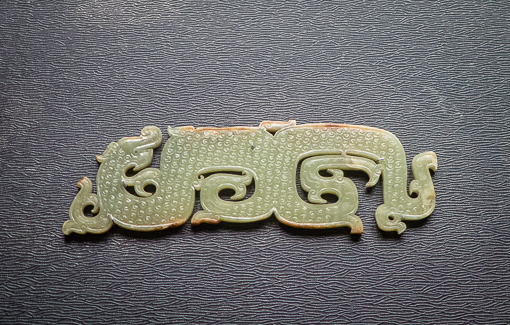
On Dec. 21, 1948, the NPM artifacts, stored in about 500 containers were transported to Taiwan via a naval ship. A second batch of about 4000 containers arrived in January 1949 by the navy and merchant ships.
Bronze from Zhou dynasty

In 1965, the new NPM in Taipei opened to the public in the current buildings displaying artifacts including calligraphy, famous paintings, bronzes, tapestries, porcelains, jades, curios, rare books, and historical documents.

The history of the NPM follows closely modern Chinese history and it is a fascinating story. Click here to read the NPM’s official history.
Inscriptions in 32 columns of about 500 characters inside a big bronze cauldron – 毛公鼎 – 877-771 BC

Tuned bell-like musical instrument
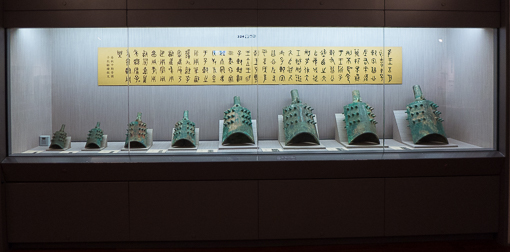
Ancient bronze dish – to my eyes the motifs are less oriental and more pre-Columbian american – Mexican/Azetec

Below are a few that caught my attention.
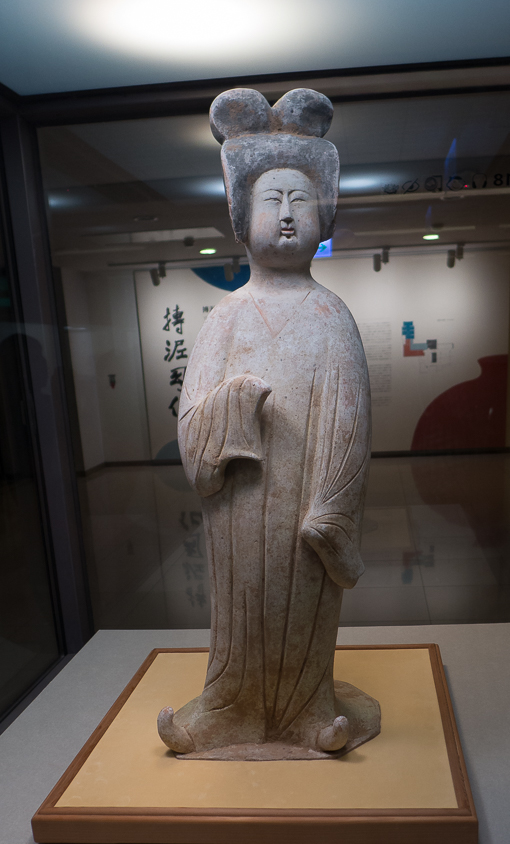
We like the scholarly approach in presenting the work which has been well researched and simply explained.

There are a lot of caligraphy work – we saw a group of school children doing an assignment on various pieces on display

There is so much to see calligraphy, painting, sculpture, religious art, jade, ceramics, …
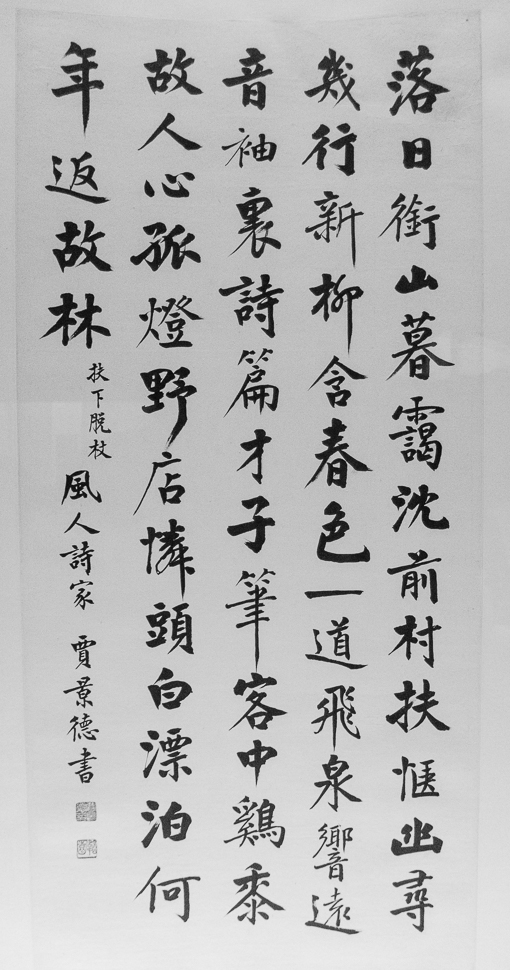
Talk about neat handwriting !

We managed to only photograph the lower half of this painting.

They really are very pleasing to the eyes.

Three pieces in the museum collection are often misrepresented as national treasures because they are very popular with museum-goers. One is the bronze cauldron 毛公鼎 with the inscription we showed above.
The other is a stone 肉形石 which was carved during the Qing dynasty from banded jasper to resemble a piece of dongpo pork 東坡肉 – braised pork with skin and layers of meat and fat.

The third is a sculpted jadeite cabbage 翠玉白菜 – known for its subtle shade of green and the insect that is camouflaged.

There was a huge shop in the museum to satisfy all tastes in souvenirs, collectibles and gifts. The intellectual properties are being monetized smartly. We spent quite a bit of time shopping and happily took home a fridge magnet in the shape of the braised fatty pork rock.
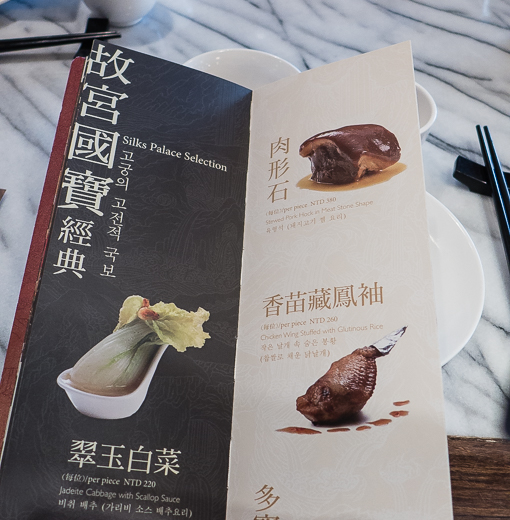
We went to the affiliated restaurant on the grounds of the museum, a nice modern place. The famous pork and cabbage are on the Silks Palace menu.
Love to spend more time here.